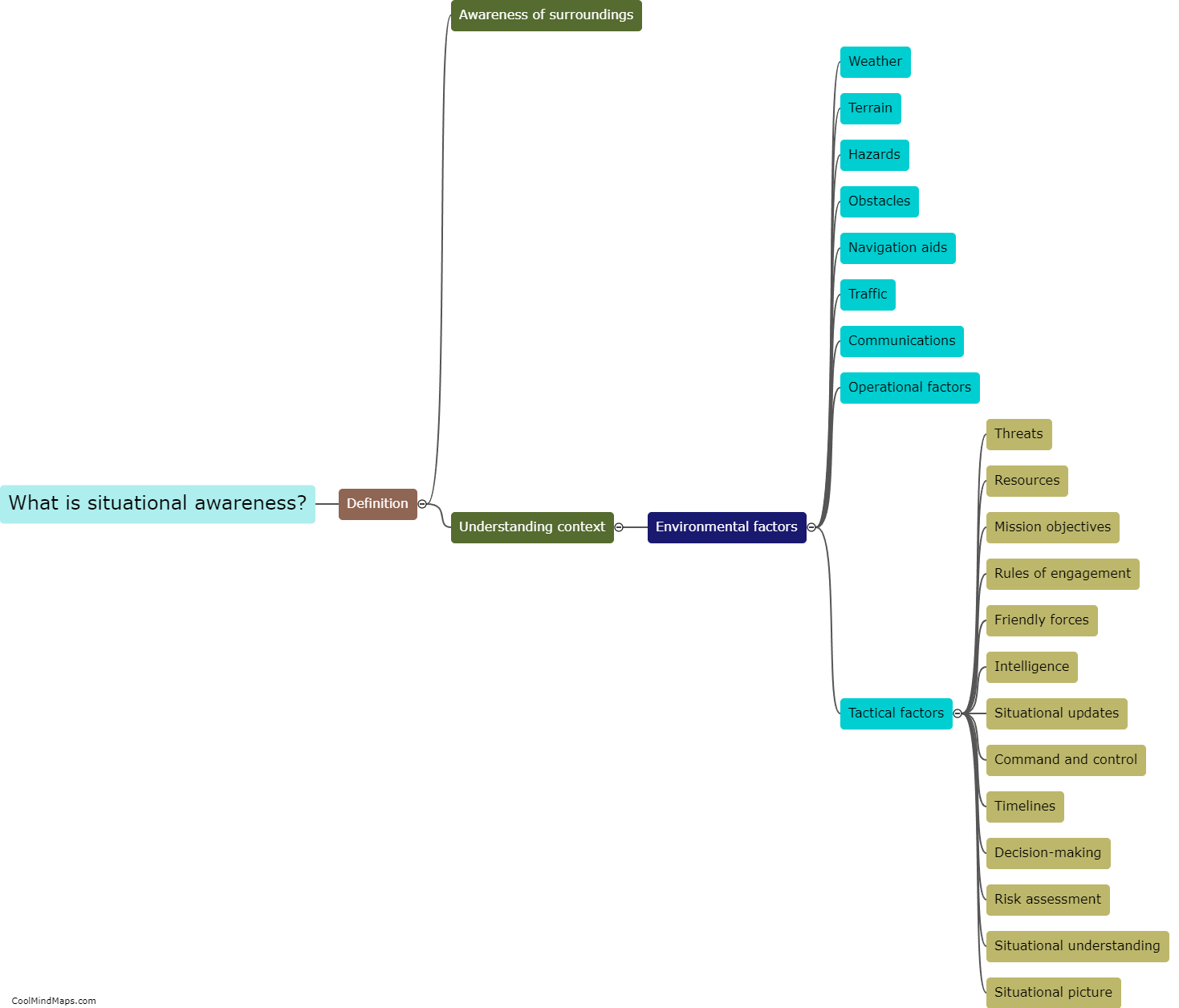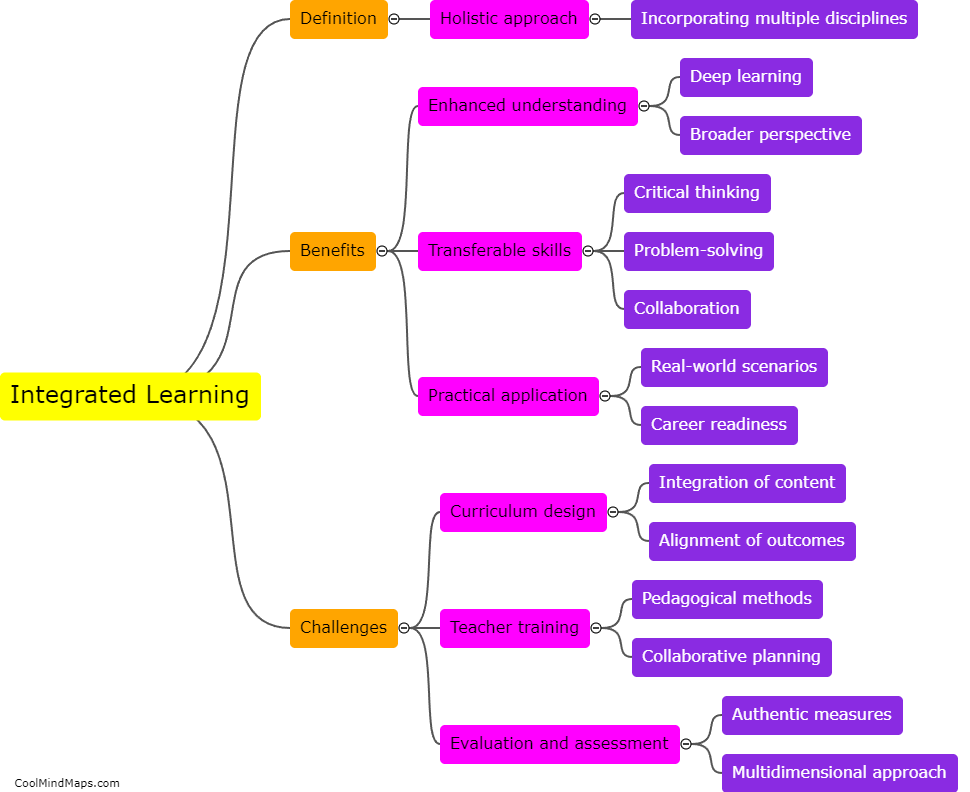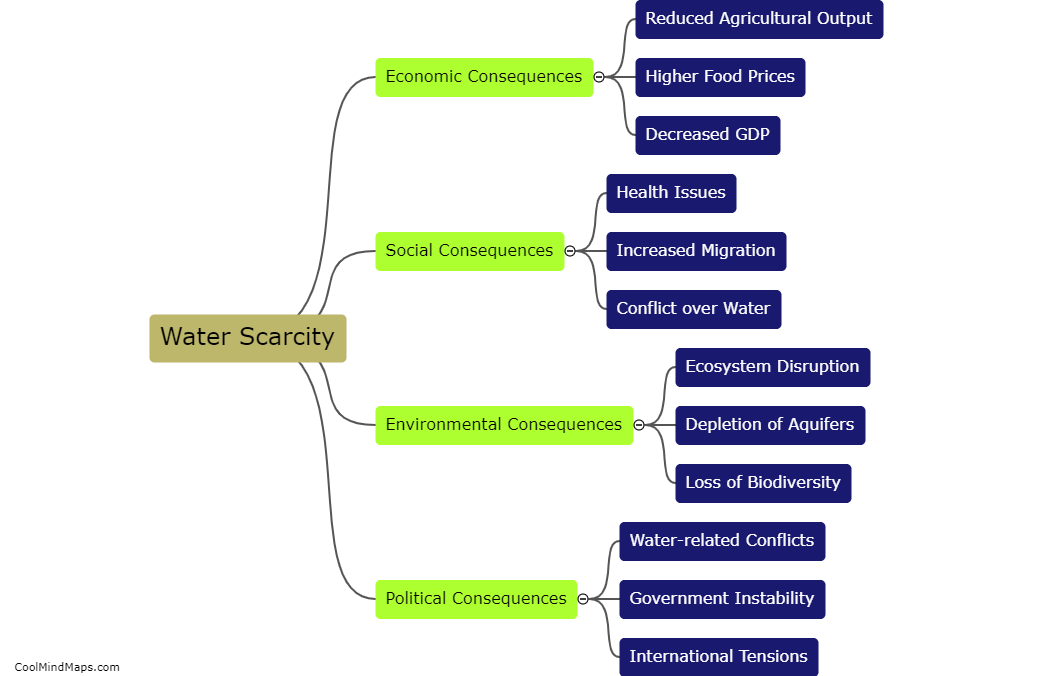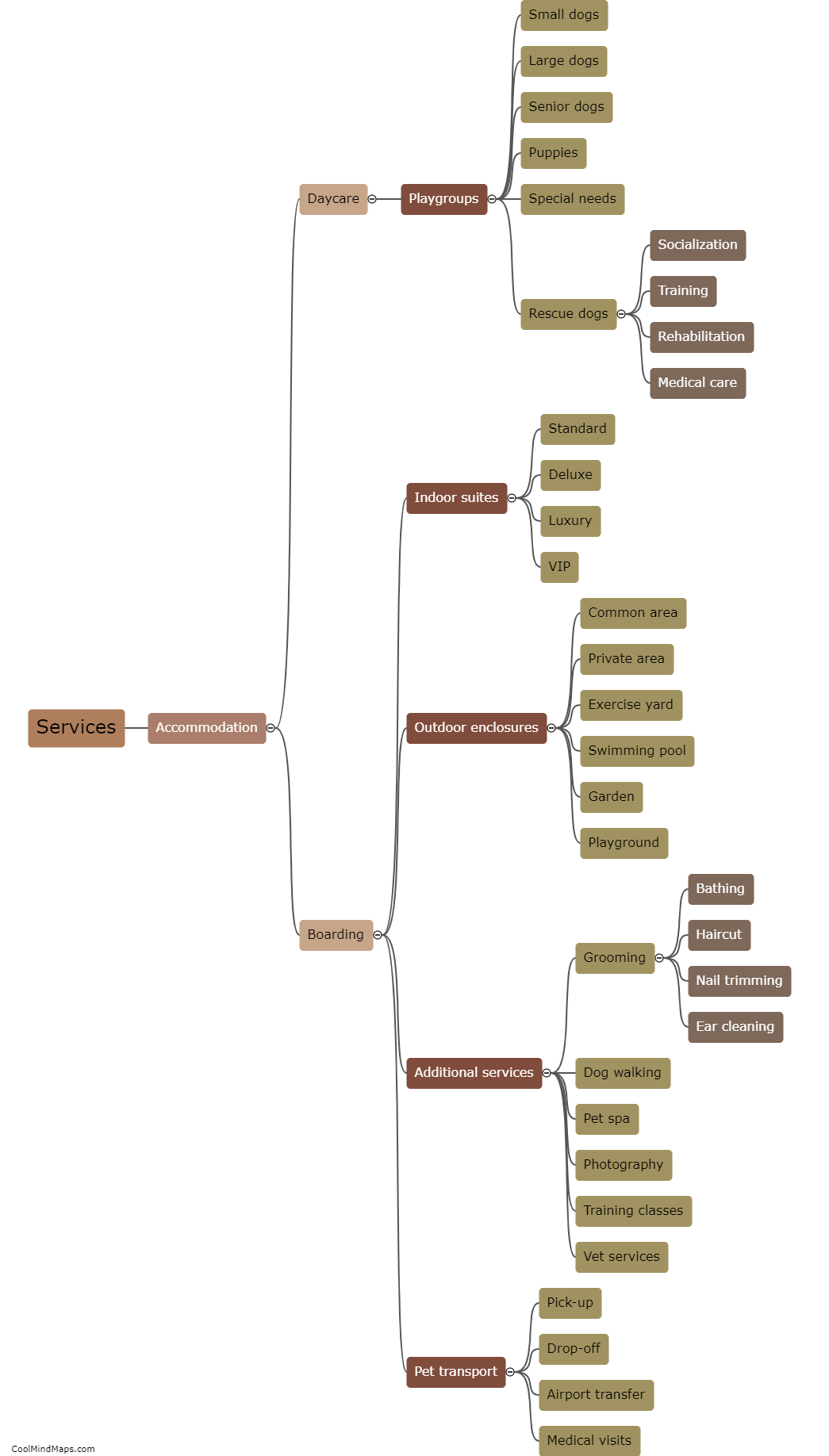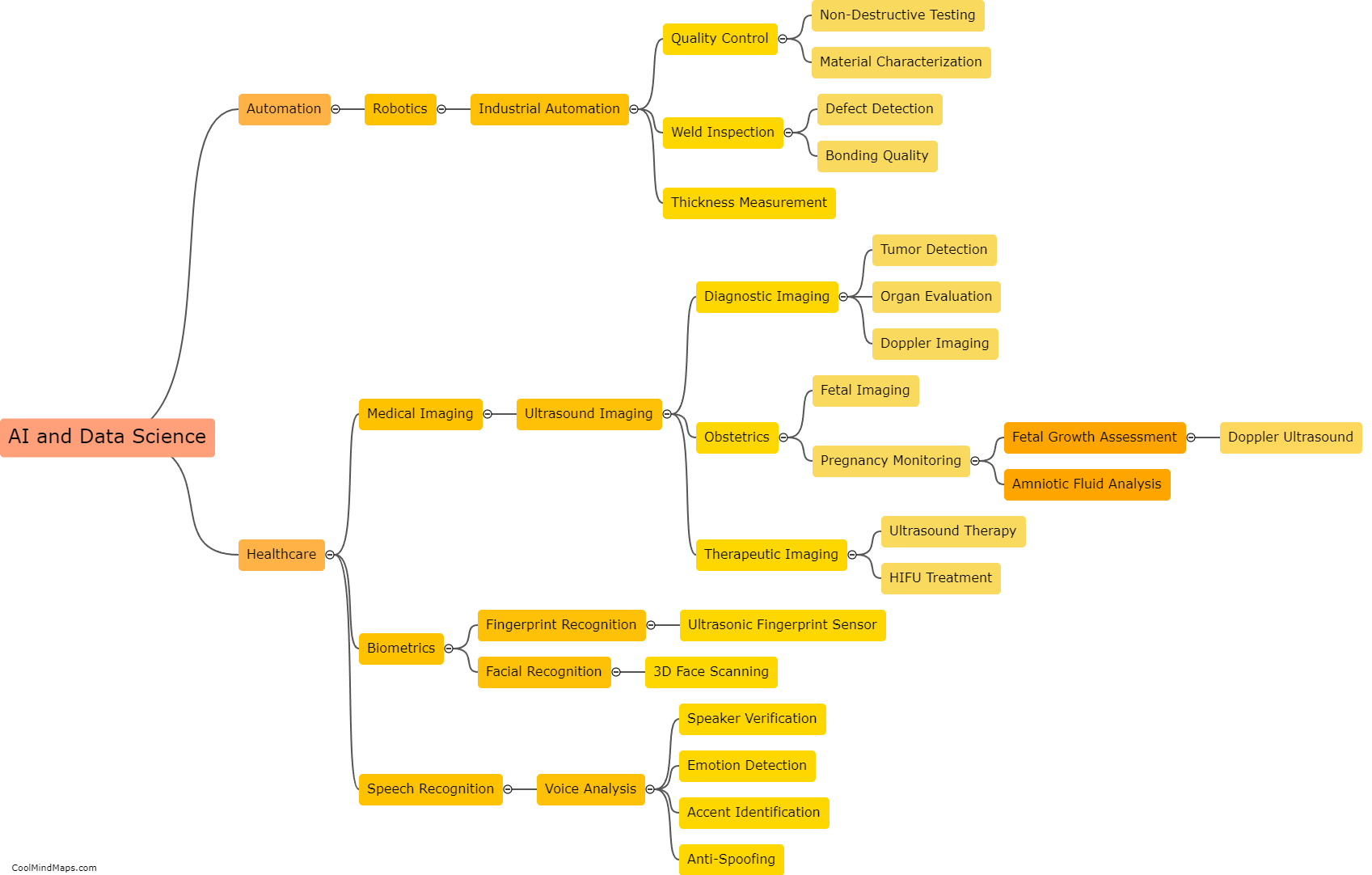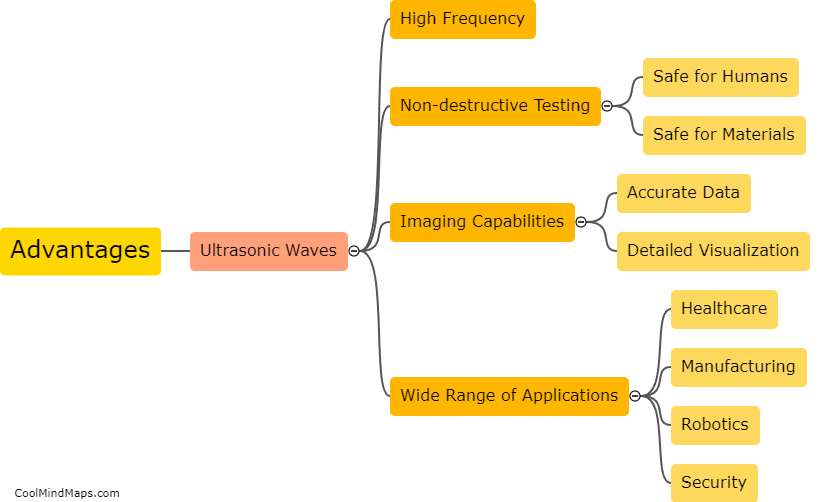What are the challenges in using ultrasonic waves for AI and data science?
One of the challenges in using ultrasonic waves for AI and data science is the limited range of transmission. Ultrasonic waves have a shorter wavelength compared to other wireless communication technologies, which means that the signal can only travel for a limited distance before it starts to weaken and lose accuracy. This can be a significant hurdle when trying to collect and transmit data over larger areas or in environments with obstacles. Additionally, the data transmission rate of ultrasonic waves is relatively low compared to other wireless technologies, making it less suitable for applications that require real-time or high-speed data processing. Moreover, ultrasonic waves are susceptible to interference from ambient noise, which can adversely affect the accuracy and reliability of the data being collected and analyzed. Addressing these challenges is crucial for harnessing the potential of ultrasonic waves in AI and data science applications.
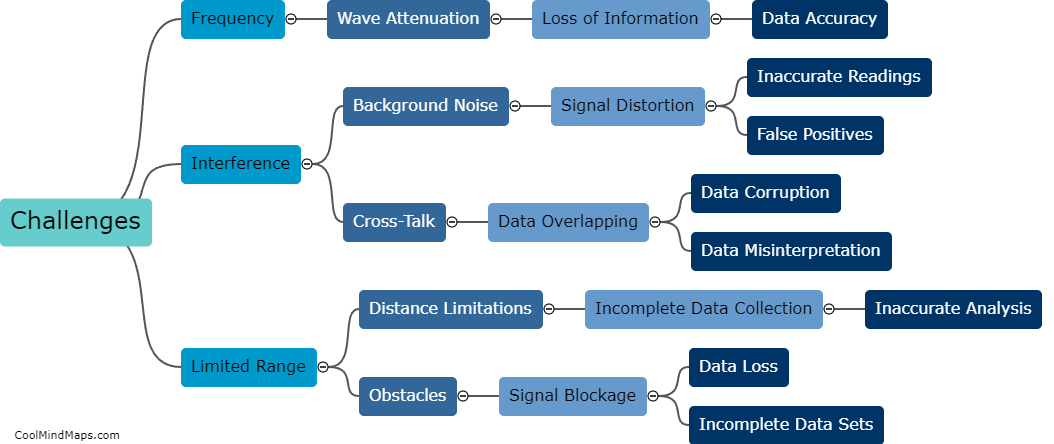
This mind map was published on 8 November 2023 and has been viewed 87 times.
